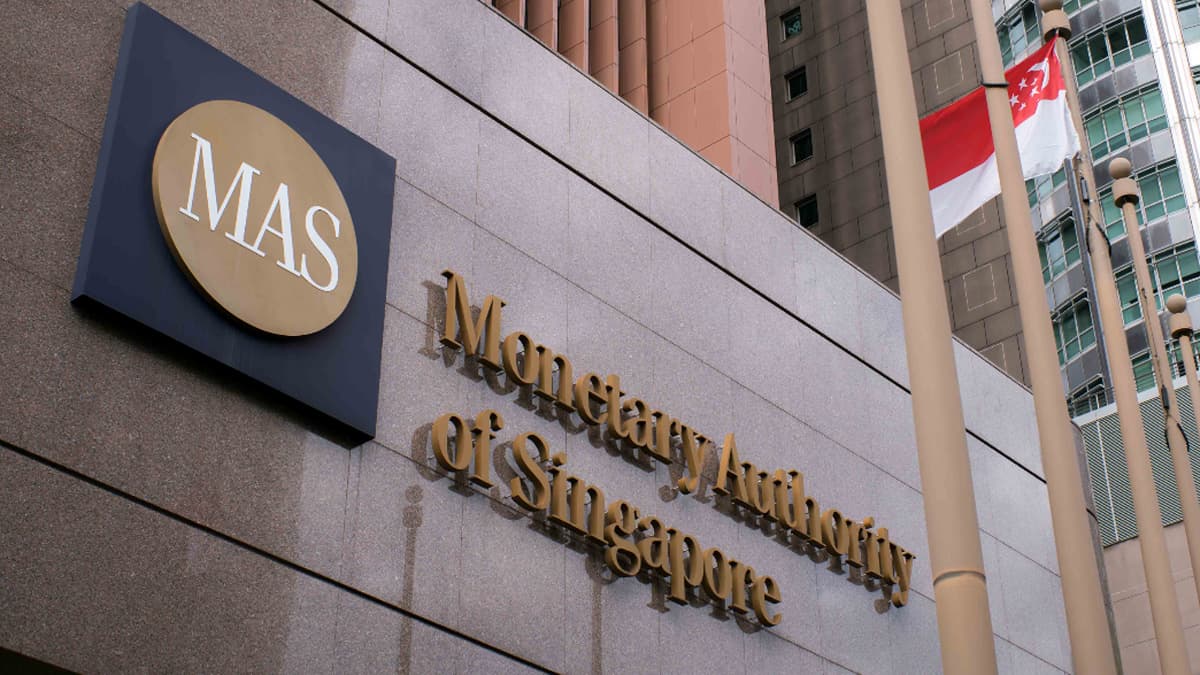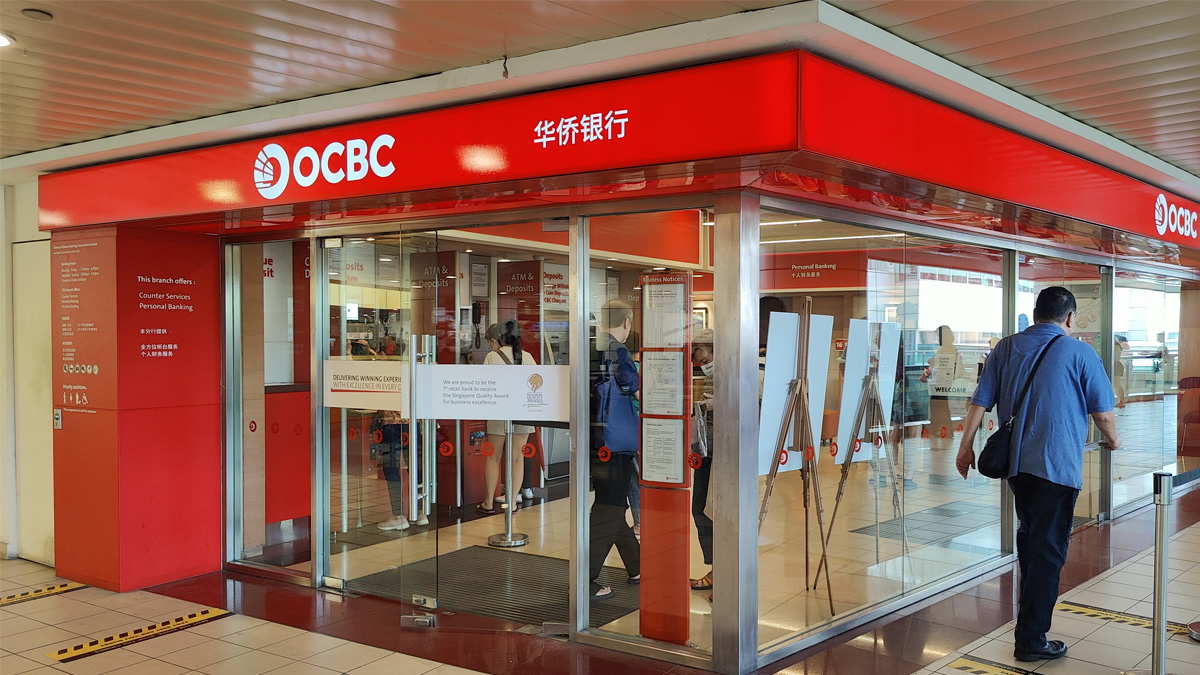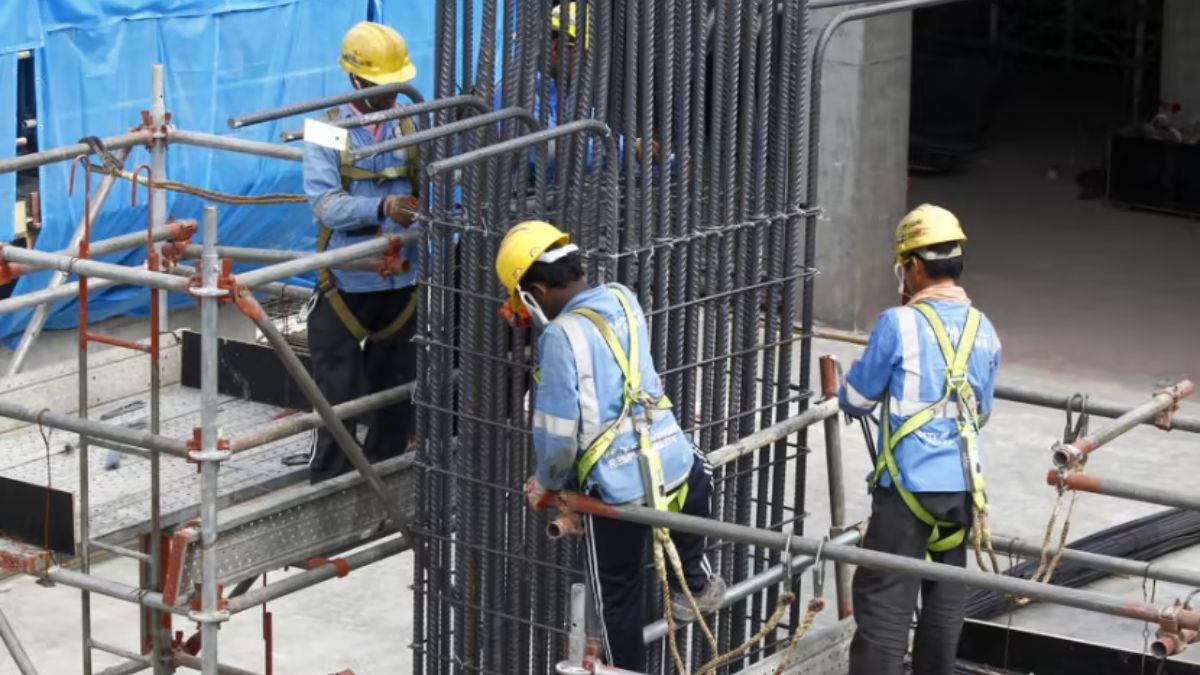MAS maintains current monetary policy stance as growth outlook remains steady
The Monetary Authority of Singapore (MAS) has maintained its exchange rate policy settings, citing stronger-than-expected growth, easing core inflation, and a still-positive output gap for 2025.

- MAS maintains S$NEER band with no changes to slope, width, or mid-point.
- Economic growth in Q3 2025 exceeded expectations; output gap remains positive.
- Core inflation projected to rise gradually in 2026 after near-term trough.
The Monetary Authority of Singapore (MAS) has kept its monetary policy unchanged in its October 2025 review, maintaining the prevailing rate of appreciation of the Singapore dollar nominal effective exchange rate (S$NEER) policy band.
There were no adjustments to the slope, width, or mid-point of the policy band, according to the MAS policy statement released on 14 October. This decision reflects stronger-than-expected economic growth and a moderate inflation outlook.
The Singapore central bank had similarly opted for no change in July, following two rounds of policy easing earlier in the year.
In its accompanying statement, MAS highlighted that economic growth in Singapore has been resilient.
Preliminary estimates from the Ministry of Trade and Industry (MTI) showed that gross domestic product (GDP) expanded by 1.3% on a quarter-on-quarter seasonally-adjusted basis in the third quarter, marginally below the 1.5% recorded in Q2.
On a year-on-year basis, the economy grew by 2.9% in Q3, compared with 4.5% in the previous quarter. Growth was driven by continued strength in manufacturing and consumer-facing sectors.
Overall, GDP has expanded at an above-trend rate of 3.9% year-on-year for the first three quarters of 2025. As a result, MAS expects the output gap to remain positive this year and to narrow to around 0% in 2026 as external demand normalises.
MAS noted that some uncertainty in the global environment has receded, partly due to the conclusion of trade agreements between the US and several countries. However, it also cautioned that risks remain, including the implementation of new tariffs, volatility in AI-related investments, and elevated global policy uncertainty.
On inflation, MAS reported that core inflation eased to 0.4% year-on-year in July–August 2025, down from 0.6% in the second quarter. The moderation was attributed to new government subsidies for long-term care, subdued imported costs, and slowing domestic price pressures.
Unit labour cost growth has also decelerated due to a slowdown in wage growth alongside rising labour productivity. Imported prices for oil, capital, and some retail goods have declined, further alleviating cost pressures.
Looking ahead, MAS expects core inflation to bottom out soon and gradually rise through 2026. It forecasts MAS Core Inflation to average around 0.5% in 2025 and between 0.5% and 1.5% in 2026.
Headline CPI-All Items inflation, which fell to 0.6% in July–August, is expected to average 0.5–1.0% this year and 0.5–1.5% in 2026. Accommodation inflation is projected to ease as the increase in market rents slows, while growth in private transport inflation is expected to be moderated by expanded Certificate of Entitlement (COE) supply.
Despite these projections, the central bank highlighted potential inflation risks from global supply disruptions or geopolitical developments. Conversely, weaker-than-expected growth or another sharp decline in oil prices could dampen inflation further.
MAS reaffirmed that it remains well-positioned to safeguard medium-term price stability and will continue to closely monitor both domestic and external developments.
With this review, MAS has now conducted three of its four scheduled policy assessments for 2025, with the final review due later in the year. The Ministry of Trade and Industry will announce updated economic forecasts for 2025 and 2026 in November.










0 Comments